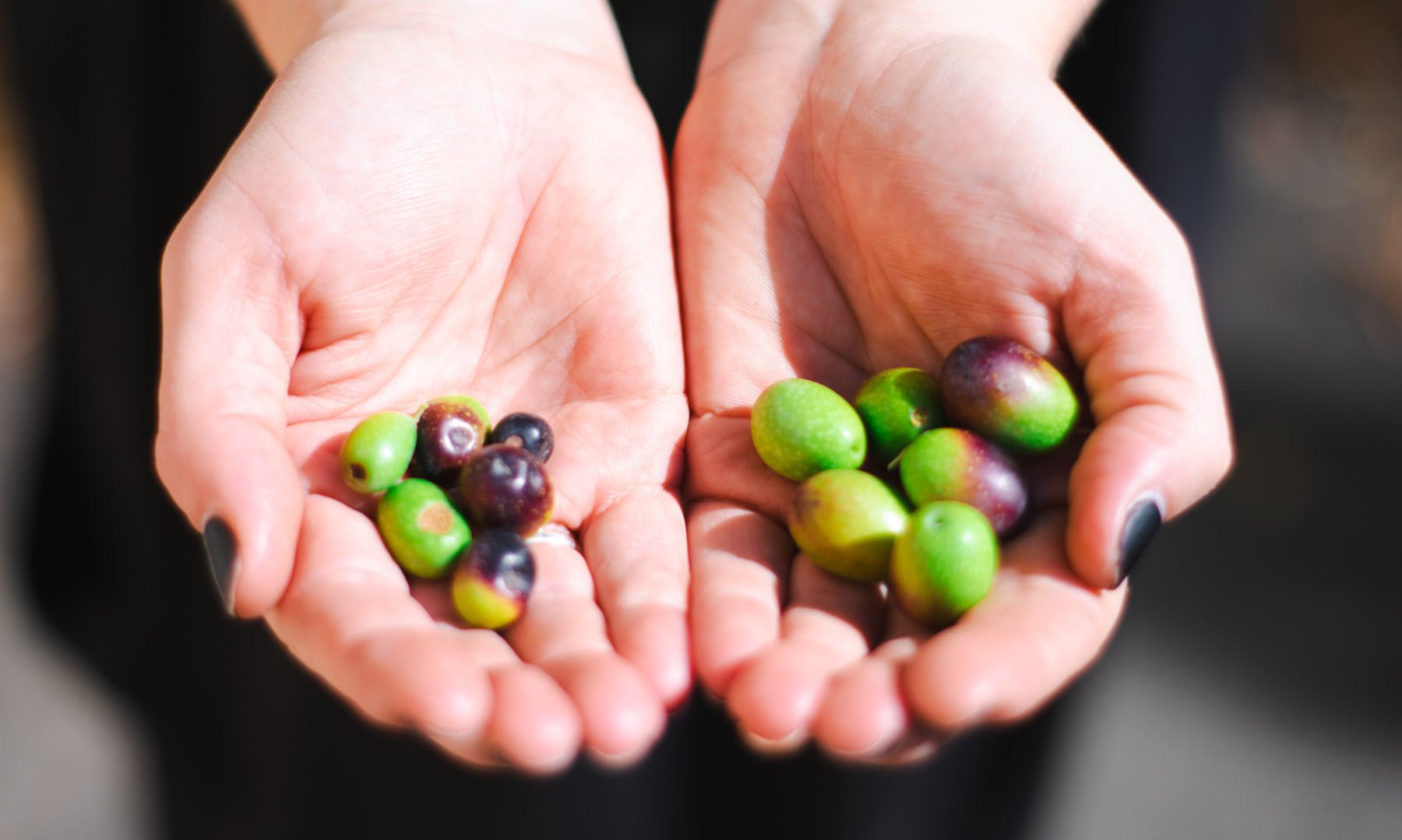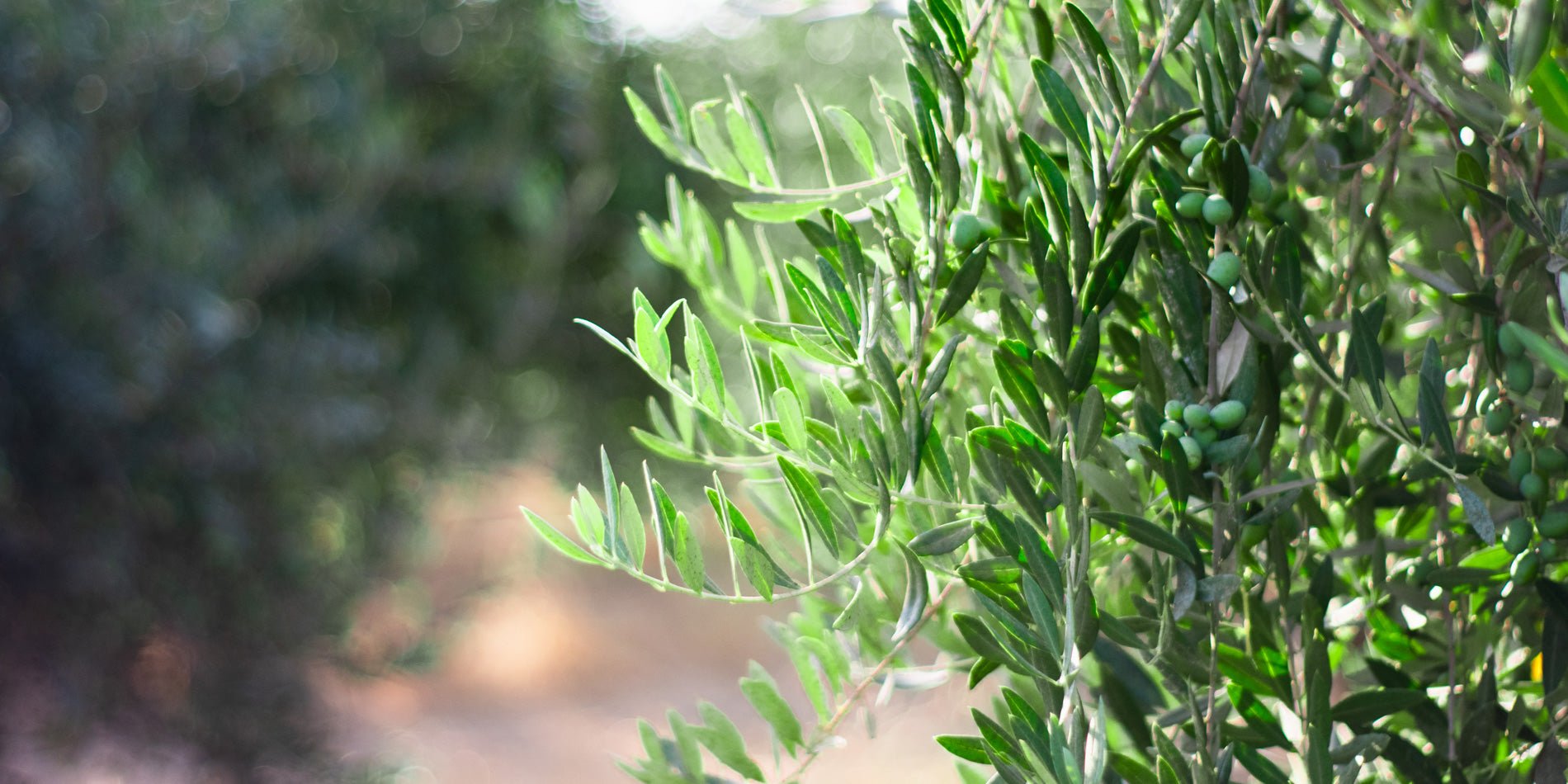How Sheep Support Regenerative Agriculture in Our Orchard
We are beyond delighted to introduce you to our orchard’s newest residents - sheep! That's right, back in March we welcomed a flock of very fluffy friends to help us maintain and nurture our thriving orchard. Although we love reaping the psychological benefits of seeing their sweet little faces every day, they have actually been brought in to play a crucial role in the ecosystem of our orchard moving forward. Their job is twofold: first, they will be helping manage the vegetation under our orchard canopy through controlled grazing, and second they will be contributing to soil enrichment by cycling nutrients (more on both of these topics below!).
The sheep graze peacefully under the watchful eye of KRONK:

This handsome llama will serve as a friend and protector to the flock of sheep. Llamas are generally quite gentle and friendly animals, but - when need be - they can also be very imposing and protective of their found family. We do have coyotes that pass through our orchard, and while the electric fence is an effective deterrent, the sheep will be much safer with their faithful friend by their side.
Why Introduce Sheep to an Orchard?
Introducing sheep to an orchard may seem like an outdated practice, but it offers numerous benefits. First and foremost, the sheep will play an important role in managing the vegetation in our orchard. Sheep have a voracious appetite, and their grazing will help keep the vegetation at a more manageable height. The flock will allow us to reduce or even eliminate using a tractor in the orchard for mowing or tillage, which in turn should allow us to maintain some amount of ground cover, keeping our soils cool and protecting the all-important soil life. Bare, dry earth can reach temperatures of up to 130 degrees on hot days in the orchard, which is hot enough to kill off the beneficial microbes in the soil; but keeping even a small amount of ground cover can decrease the overall temperature of the ground by up to 30 degrees!
Additionally, sheep contribute to soil enrichment by cycling nutrients. As they graze, sheep naturally fertilize the soil with their dung and urine. These droppings are a rich source of organic matter and nutrients, like nitrogen and phosphorus, which are essential for healthy plant growth.
Perhaps even more importantly, we are grazing our herd according to the principles of Holistic Management, which involves regularly moving the sheep from one section of the orchard to another so that they never have a chance to graze the land down to the ground. Grazing the sheep in this way actually stimulates the regrowth of both the native grasses and our cover crops. We have already started seeing evidence of this in the pasture where we first kept the sheep: the grasses on the outside of where they were first kept have all dried out and turned yellow, while the grasses on the inside of the fence line have grown back in a lovely spring green.
Holistic Management is a multifaceted approach to farming that aims to increase resistance to climate change and disease by mimicking nature’s processes. In the case of our sheep this translates to mimicking their natural grazing patterns, where the sheep move back and forth over a large area, which gives the plants a chance to put out new growth before the sheep return to that section of the orchard, rather than confining them to one area and allowing them to effectively clear cut everything in their path.
The sheep's constant movement across the orchard floor helps keep the nutrients cycling, and redistributes these nutrients evenly. This enhances soil fertility and promotes the overall health of the orchard ecosystem. When managed properly, there is a magical dance that happens between grazing animals, vegetation, and soil microbes that we are excited to see play out over the coming months and years - facilitating and accelerating these cycles is a key factor in regenerative agriculture.
Do you want to learn more about our hands on approach?
We're starting to create a space to share the things we have learned so far, from the theory behind different schools of thought in regenerative agriculture to practical recipes of biofertilizers, chelated micronutrients and more.
We're just getting started but you'll be able to see some of the information we're going to be sharing!
A Day-One Catastro-Sheep!
While we knew that introducing the sheep to the orchard would mean a lot to learn, and unexpected challenges to face, we weren't expecting to get hit with them quite so soon!
The sheep had spent their lives in a bare paddock with four high walls enclosing them, to prepare for their arrival, we set up a large paddock outside of the orchard so that they could get used to life in a lush pasture and electric fencing, which is basically rows of electric wire that take the place of solid walls. This might have all worked out, if not for the involvement of one very curious llama…
We turned off the electric fence for just a moment while we herded the sheep into their new paddock...
...where they were greeted by their excited would-be friend who - it’s safe to say - probably looked awfully large and bizarrely proportioned in the eyes of the sheep. Unsure of what to make of the situation, they decided to bolt! First one jumped through the temporarily powered down fence, then a few more followed, then Kronk began to chase after them, hoping to get a look at his new brothers, and pretty soon we found ourselves with a fence in need of mending and the whole flock (and Kronk) on the loose!
What we had hoped would be a happy, mellow day turned into a catastrophe (a catastro-sheep, if you will).

We sent out a distress signal and called in all of our nearby friends and family to help get Kronk the sheep back in their paddock. Let me tell you, trying to corral a flock of frightened sheep that have spread out over 60 acres, aided by a “helpful” llama repeatedly chasing them away from you, is not a fun or mellow task. It took about four hours in the unseasonably hot spring sun to finally get everyone back into the corral. But, in the end, we succeeded and everyone made it back home. A couple months later we added another 20 members to the flock (mostly 😉) without incident. Cheers to learning from your mistakes!
The flock have since learned that their new home is safe and move along happily when we move them onto fresh pasture. Although it took them a little while to warm up to their big brother, the sheep now seem to view Kronk as their leader and follow him wherever he goes!
What goes into creating a safe and comfortable environment for sheep in an orchard?
Creating a safe and comfortable environment for sheep is essential for their well-being and the success of the orchard/sheep relationship. Here are some key factors to consider when setting up an orchard to accommodate sheep:
- Grazing Areas: We divided the rows of the orchard into grazing lanes and we open up fresh pasture for them every day. Giving them access in this way prevents overgrazing in one area and promotes healthier regrowth of grass and plants. We use temporary electric fencing to create these grazing lanes.
- Shelter and Shade: While in the orchard, the sheep spend the afternoons resting in the shade of our trees. Later in the summer we will move them into the open pasture behind our orchard. Once back there, we will need to ensure that they have access to shade every day, which will move with our fencing.
- Fresh Water: Sheep are notoriously picky about the water they drink, and will stop drinking if the water becomes contaminated with dust, has algae, or even if a member of the flock decides to take a "bath." We clean and refresh the water troughs regularly to keep our boys happy and healthy.
How to manage the grazing patterns of sheep in an orchard
Efficiently managing the grazing patterns of sheep in an orchard is crucial to maximize the benefits they bring to the ecosystem while maintaining the health of the orchard. Here are some strategies for effective grazing management:
- Adaptive Grazing: We implement a grazing system where the orchard is divided into multiple grazing lanes and move the sheep daily. Regular moves prevent overgrazing, reduce the need to treat for parasites with toxins, and allow for grass regrowth.
- Grazing Density: It's a bit of an art to keep the sheep grouped closely together to ensure even grazing without overgrazing. We adjust the stocking density based on the condition of the orchard, as well as the availability of forage.
- Grazing Time: We want the sheep to spend as little time in an area as possible, which is why we move them daily into areas with fresh forage. The previously grazed areas are left with plenty of recovery time, in which the grasses regrow and the nutrients are allowed to cycle.
Looking to the future of regenerative agriculture
Introducing sheep to our orchard brings a plethora of benefits, but we’re not stopping there. Our goal is to share the benefits of integrating grazing animals into well managed agricultural systems, and to encourage more holistic management of our agricultural systems.
If you want to learn more about Holistic Management, read about it HERE, where we talk about the history and implications of this school of thought.
These wooly wonders are natural weed controllers, they contribute to soil enrichment, and they provide an eco-friendly alternative to traditional herbicides and pesticides. Their presence adds charm and character to the farm while promoting a healthier and greener future.
When farms consider introducing sheep to our systems, it's important that we create a safe and comfortable environment for them and implement effective grazing management strategies. By monitoring their health and well-being, their continued contribution to the farming ecosystem will be ensured.
Cheers!
Patrick Martin
Frantoio Grove







